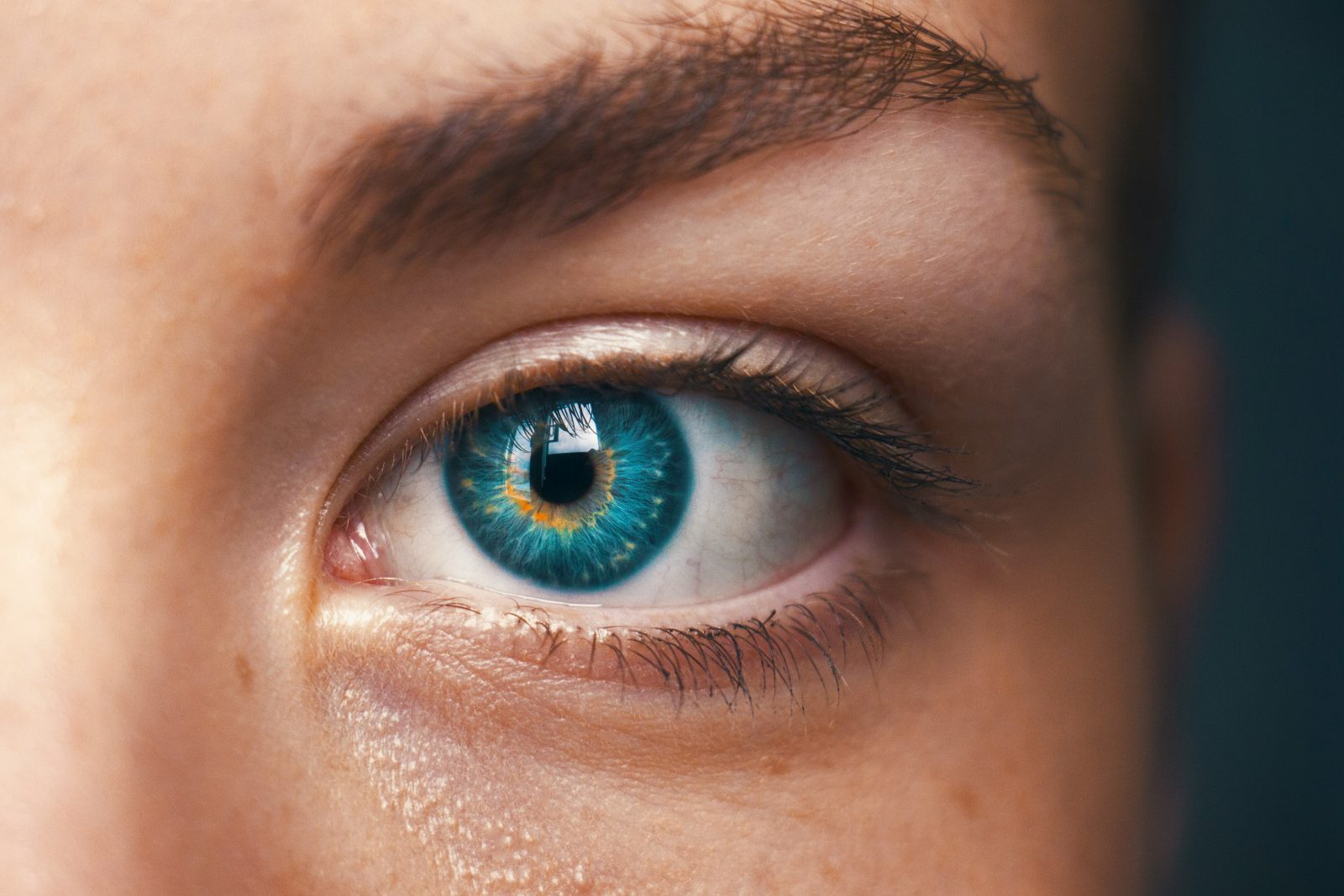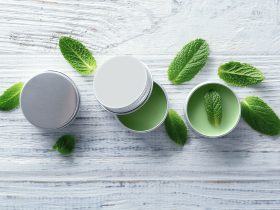A quick internet search on “dark under-eye circles treatment” yields millions of results, presenting a plethora of products and tips ranging from tea bags and specialized pillows to jade rollers and serums.
However, before delving into potential solutions for reducing dark circles under the eyes, it’s essential to understand the underlying causes of these dark patches and puffiness.
The skin beneath the eyes is the thinnest on the body, rendering it particularly delicate and susceptible to various factors, especially as we age. This thinness makes the area more vulnerable to issues such as dark circles and puffiness.
Therefore, it is crucial to handle and treat this area with great care and gentleness to avoid exacerbating the problem.
Causes for Under-Eye Dark Bags and Puffiness
The appearance of dark bags under the eyes, also known as periorbital hyperpigmentation, can be attributed to various factors, including genetic predisposition, fatigue, stress, allergies, dehydration, sun damage, and age-related changes in facial structure.
Even if periorbital hyperpigmentation does not run in your family, it can still manifest due to external factors such as fatigue, stress, and allergies.
Additionally, age-related changes, such as natural restructuring of cheekbones and eyelids, can contribute to the development of dark circles. As individuals age, there may be a loss of volume in the fat pads beneath the skin, leading to a hollow appearance and increased visibility of blood vessels.
Inflammation resulting from factors like poor sleep or allergies can also exacerbate the prominence of blood vessels under the eyes.
Ultimately, these factors collectively contribute to a sunken-in appearance, making any underlying hyperpigmentation more noticeable.
As you age, the circulation around the eyes becomes more prone to fluid retention. Additionally, there is a decrease in elastin, a protein crucial for skin health, leading to sagging and wrinkling. These factors can contribute to puffiness under the eyes and make the area appear darker.
Furthermore, other factors that can contribute to under-eye puffiness include allergies, dry skin, and dehydration. When the skin stretches to accommodate fluid and inflammation, gravity can pull the bags downward, accentuating their appearance.
How to Minimize Dark Bags and Eye Puffiness
To combat hyperpigmentation and reduce the appearance of dark bags and puffiness under the eyes, dermatologists recommend several strategies:
- Apply Brightening Creams: Utilize products containing hydroquinone, particularly when combined with retinoids, hyaluronic acid, or vitamin C. These ingredients have shown effectiveness in lightening dark bags under the eyes.
Retinoids can enhance skin properties, hyaluronic acid increases skin hydration, and vitamin C acts as a powerful antioxidant while reducing melanin formation.
However, it’s essential to consult a dermatologist before use to ensure proper usage and avoid potential side effects. - Try Cooled Cucumber Slices: Cucumbers, when chilled, can effectively reduce eye puffiness due to their high sodium content, which draws out water from under the skin.
Additionally, the cool temperature acts as a natural anti-inflammatory, reducing swelling in the blood vessels under the eyes.
- DIY Tea Bag Treatment: For a quick remedy, steep tea bags containing caffeine in hot water, then cool them until lukewarm and place them on closed eyes for a few minutes. Caffeine helps constrict blood vessels, reducing their prominence.
Studies have shown the effectiveness of caffeine-containing eye pads in reducing dark circles and wrinkles.
- Consult About Fillers: If puffiness and darkness result from loss of under-eye fat, hyaluronic fillers like Juvederm or Restylane may be an option. These fillers are injected to replace lost fat, creating a smoother surface over underlying blood vessels.
- Consider Surgical Options: In cases where non-invasive treatments are ineffective, minor surgical procedures may be considered.
These procedures involve removing excess under-eye fat pads and tightening the skin, addressing both puffiness and darkness. Recovery time is typically short, and minimal pain is experienced.
By incorporating these strategies into your skincare routine, you can effectively address dark circles and puffiness under the eyes, achieving a brighter and more refreshed appearance.
Ways to Protect Your Undereye Skin
To safeguard the delicate skin surrounding your eyes, it’s essential to avoid practices that could exacerbate issues or lead to lasting harm:
- Stay Away from Smoking and Secondhand Smoke: Smoking not only poses significant risks to overall health but also profoundly affects eye health.
Smokers are at a heightened risk of developing dry eye syndrome, which can exacerbate the urge to rub or scratch the eyes.
Moreover, smoking accelerates collagen loss, resulting in thinner skin beneath the eyes and more visible blood vessels. - Moderate Salt Intake: Excessive sodium consumption can trigger fluid retention throughout the body, including the under-eye area, leading to puffiness and swelling.
This retention can be minimized by reducing salt intake and refraining from consuming fluids before bedtime to mitigate overnight fluid accumulation. Striking a balance between sodium intake and adequate hydration is crucial for preserving skin health around the eyes.
- Refrain from Rubbing Your Eyes: Especially if you suffer from allergies, the act of rubbing your eyes can worsen symptoms by driving allergens deeper into the skin, intensifying itching and irritation.
Instead, opt for a gentle cleanser such as micellar water and follow up with an eye-friendly moisturizer to cleanse and soothe the area.
Key Takeaways
In the pursuit of reducing dark circles and under-eye puffiness, adopting healthy lifestyle habits can be highly effective. While cosmetic products and procedures have their place, these habits serve as powerful allies in maintaining optimal eye health.
Avoiding allergens, such as dust and pollen, can help minimize irritation and puffiness, while wearing sunscreen daily protects the delicate skin around the eyes from harmful UV rays, preventing sun damage and minimizing dark circles.
In addition, prioritizing adequate sleep, aiming for seven to nine hours each night, allows the body time to rest and rejuvenate, promoting overall eye health. Monitoring salt intake is crucial, as high sodium consumption can contribute to fluid retention and exacerbate under-eye puffiness, so opting for fresh, whole foods over processed snacks is recommended.
Lastly, quitting smoking or avoiding exposure to secondhand smoke can preserve the health and appearance of the eyes by preventing collagen loss and skin thinning.
















Find Us on Socials